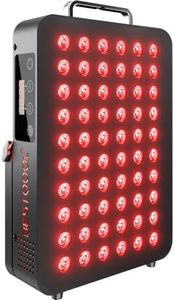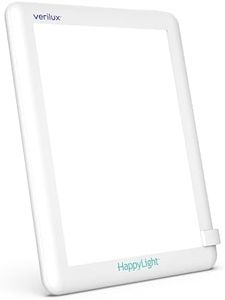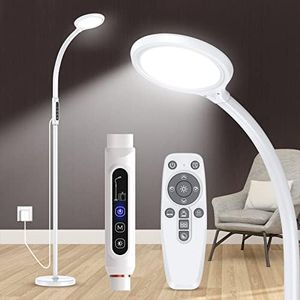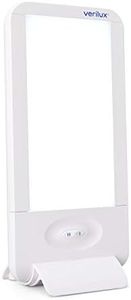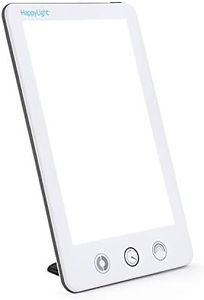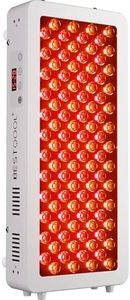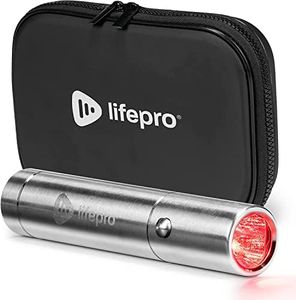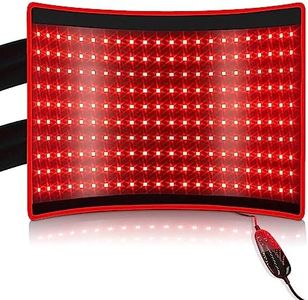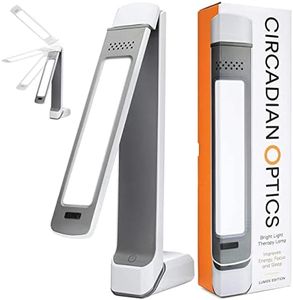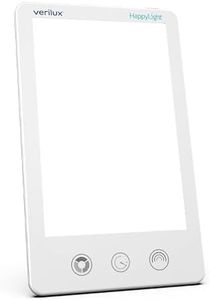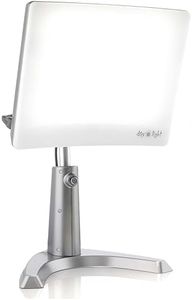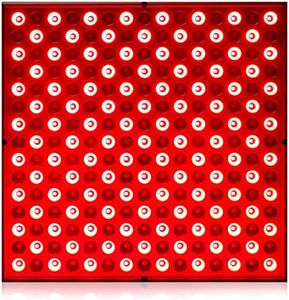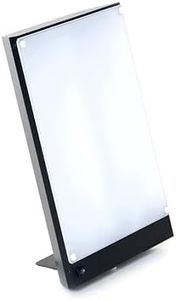We Use CookiesWe use cookies to enhance the security, performance,
functionality and for analytical and promotional activities. By continuing to browse this site you
are agreeing to our privacy policy
10 Best Light Box Therapy 2025 in the United States
How do we rank products for you?
Our technology thoroughly searches through the online shopping world, reviewing hundreds of sites. We then process and analyze this information, updating in real-time to bring you the latest top-rated products. This way, you always get the best and most current options available.

Buying Guide for the Best Light Box Therapy
Light box therapy, also known as bright light therapy or phototherapy, is a treatment used to address various conditions such as Seasonal Affective Disorder (SAD), sleep disorders, and certain types of depression. The therapy involves exposure to a light box that mimics natural sunlight. When choosing a light box, it's important to consider several key specifications to ensure you select the best one for your needs. Understanding these specifications will help you make an informed decision and maximize the benefits of your light box therapy.Light IntensityLight intensity is measured in lux, which indicates the brightness of the light. This spec is crucial because it determines how effective the light box will be in treating your condition. Light boxes typically range from 2,500 lux to 10,000 lux. For most therapeutic purposes, a light box with 10,000 lux is recommended as it provides the optimal brightness to simulate natural sunlight and achieve the desired effects in a shorter amount of time. If you have a sensitivity to bright light, you might opt for a lower intensity, but this may require longer exposure times.
UV FilterA UV filter is a feature that blocks ultraviolet (UV) rays from the light emitted by the box. This is important because prolonged exposure to UV rays can be harmful to your skin and eyes. When choosing a light box, ensure it has a built-in UV filter to protect you from potential damage. Most high-quality light boxes will have this feature, but it's always good to double-check the product specifications.
Size and PortabilityThe size and portability of a light box can affect how and where you use it. Larger light boxes provide a wider field of light, which can be more effective for therapy, but they may be less convenient to move around. Smaller, portable light boxes are easier to transport and can be used in different locations, such as at home or in the office. Consider your lifestyle and where you plan to use the light box when deciding on the size. If you need flexibility, a portable option might be best for you.
AdjustabilityAdjustability refers to the ability to change the angle and height of the light box. This feature is important because it allows you to position the light box in a way that maximizes its effectiveness and comfort during use. Some light boxes come with adjustable stands or mounts, while others may have fixed positions. If you plan to use the light box in various settings or need to adjust it frequently, look for one with good adjustability options.
Timer and SettingsA timer and various settings can enhance the usability of a light box. A built-in timer helps you keep track of your exposure time, ensuring you get the right amount of light without overdoing it. Some light boxes also offer different brightness settings, allowing you to customize the intensity based on your comfort level and therapeutic needs. These features can make your light therapy sessions more convenient and tailored to your preferences.
Color TemperatureColor temperature is measured in Kelvin (K) and describes the color of the light emitted by the box. This spec is important because different color temperatures can have varying effects on mood and alertness. Light boxes typically range from 3,000K (warm white) to 6,500K (cool white). For light therapy, a color temperature around 5,000K to 6,500K is often recommended as it closely mimics natural daylight, which can be more effective in treating conditions like SAD. Choose a color temperature that feels comfortable and aligns with your therapeutic goals.
Most Popular Categories Right Now


